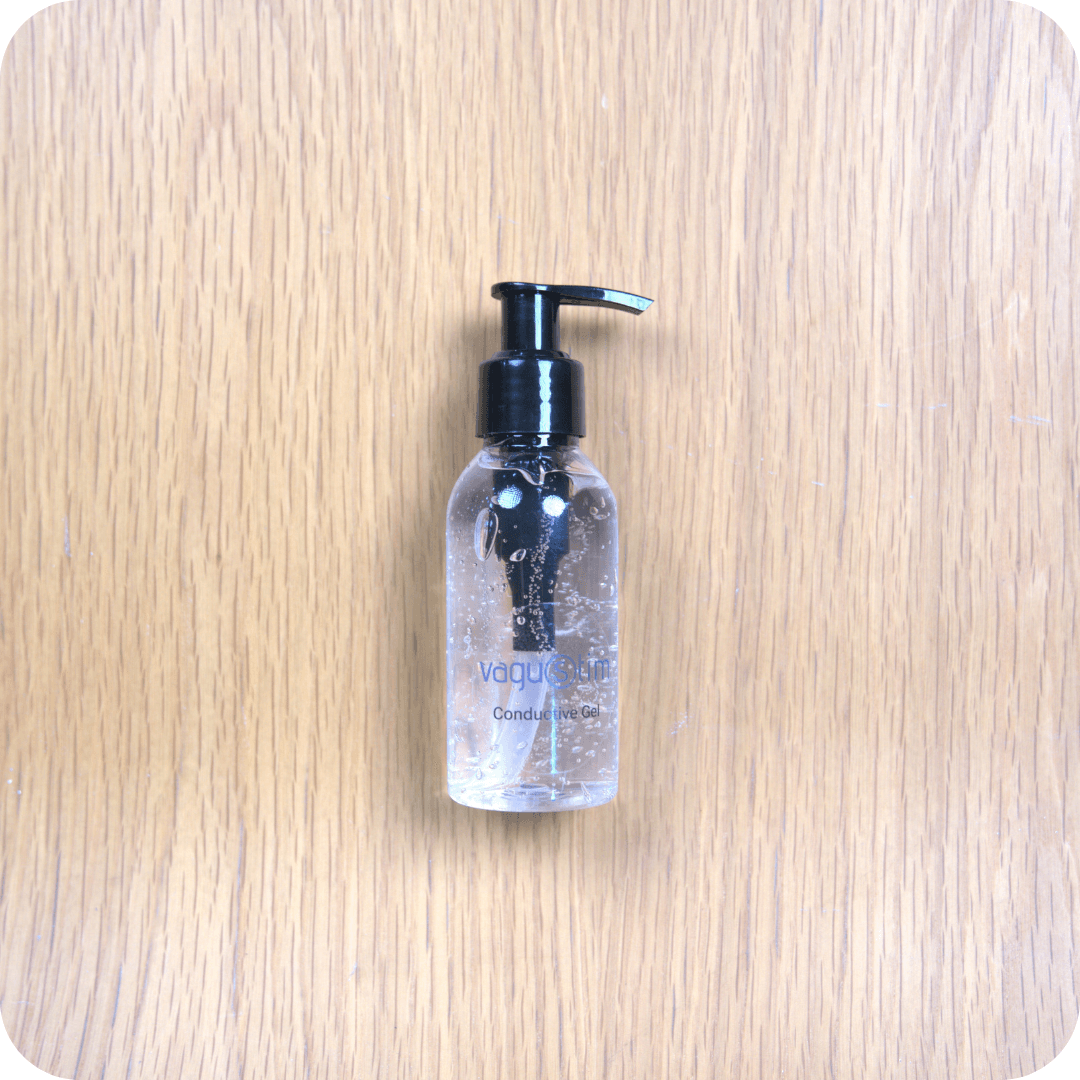For ages, scientists, medical professionals, and society have been fascinated by longevity—the desire to live a long, healthy, and meaningful life. Longevity is known to be influenced by genetics, lifestyle, and the environment, but new discoveries in neuroscience have identified the vagus as playing another important role. Vagus activation has shown promise as a means of enhancing systemic health and supporting healthy aging.
The Role of the Vagus in Health
The parasympathetic nervous system heavily relies on the vagus. It controls vital body processes that are essential to aging, including inflammation, immunological response, digestion, and heart rate (Breit et al., 2018). The vagus coordinates a condition of "rest and digest" that counteracts the negative impacts of ongoing stress by sending signals from the brain to internal organs.
The vagus may play a role in helping the body manage its natural inflammatory processes. Age-related issues such as metabolic problems, neurodegeneration and cardiovascular issues have been linked to chronic inflammation (Franceschi & Campisi, 2014). The cholinergic anti-inflammatory pathway is the method by which the brain initiates anti-inflammatory reactions after receiving inflammatory signals from the vagus (Tracey, 2002).
Vagus Activation and Aging
Vagus activation is the process of activating the vagus with modest electrical impulses, either non-invasively (using external devices like auricular earsets) or invasively (using implanted devices). Vagus activation has been studied for its potential to influence nervous system activity and support a shift toward parasympathetic balance—effects that are consistent with the objectives of healthy aging.
-
Reduction of Inflammation
Low-grade chronic inflammation is thought to be a sign of aging. It has been demonstrated that VNS may support a balanced inflammatory response such as IL-6 and TNF-alpha (Bonaz et al., 2016). VNS may enhance quality of life in later years and postpone the onset of age-related illnesses by reducing systemic inflammation.
-
Cardiovascular Benefits
Longevity and cardiovascular health are closely connected. According to research, vagus activation may support the body’s natural autonomic rhythms, which are connected to relaxation and balance in cardiovascular activity. (Thayer et al., 2010).
-
Cognitive Protection
Cognitive decline and an increased risk of neurological problems are common side effects of aging. In preclinical models, vagus activation has been explored for its potential to support memory-related processes and brain adaptability over time, and even lowering amyloid-beta accumulation (Clark et al., 1999; Engineer et al., 2011). These impacts may support mental clarity and focus as we age and enhance their quality of life.
-
Mental Health
Longevity is closely linked to psychological well-being. Vagus activation influences key brain regions and pathways involved in emotional regulation, such as the locus coeruleus and serotonergic systems (Groves & Brown, 2005). Since stress can accelerate biological aging, practices that support stress regulation through the nervous system may contribute to longer, healthier lives.
Emerging Research and Future Directions
While vagus activation is not yet widely recognized in the context of lifespan enhancement, emerging research suggests it may offer a non-pharmacological approach to support systemic resilience. Vagus activation is currently being explored in studies involving various age-related physiological changes and challenges (Koopman et al., 2016).
Additionally, non-invasive vagus activation technology has improved, making it safer and easier to use over time. Wearable vagus activation devices may be included in everyday health routines in the future which activates the vagus at the ear's cymba conchae, has demonstrated physiological benefits that are comparable to invasive techniques (Yakunina et al., 2017).
Conclusion
An emerging area of interest in healthy aging science, vagus activation connects neural modulation with systemic health advantages. Vagus activation addresses the underlying causes of aging rather than merely its symptoms by lowering inflammation, boosting resilience, and aiding cardiovascular and cognitive function. The evidence now available suggests that vagus activation is a viable method for enhancing healthspan and quality of life in aging populations, even though more longitudinal research is required to prove its effect on lifespan.
Keywords
Vagus Activation, Autonomic Nervous System, Inflammation Reduction, Stress, Sleep, Wellbeing, Parasympathetic Nervous System, Vagus and Mental Health, Noninvasive Health Support
References
- Bonaz, B., Sinniger, V., & Pellissier, S. (2016). Vagus nerve stimulation: A new promising therapeutic tool in inflammatory bowel disease. Journal of Internal Medicine, 280(1), 51–63.
- Breit, S., Kupferberg, A., Rogler, G., & Hasler, G. (2018). Vagus nerve as modulator of the brain–gut axis in psychiatric and inflammatory disorders. Frontiers in Psychiatry, 9, 44.
- Clark, K. B., Naritoku, D. K., Smith, D. C., Browning, R. A., & Jensen, R. A. (1999). Enhanced recognition memory following vagus nerve stimulation in human subjects. Nature Neuroscience, 2(1), 94–98.
- Engineer, N. D., Riley, J. R., Seale, J. D., et al. (2011). Reversing pathological neural activity using targeted plasticity. Nature, 470, 101–104.
- Franceschi, C., & Campisi, J. (2014). Chronic inflammation (inflammaging) and its potential contribution to age-associated diseases. The Journals of Gerontology: Series A, 69(Suppl_1), S4–S9.
- Groves, D. A., & Brown, V. J. (2005). Vagal nerve stimulation: A review of its applications and potential mechanisms that mediate its clinical effects. Neuroscience & Biobehavioral Reviews, 29(3), 493–500.
- Koopman, F. A., Chavan, S. S., Miljko, S., et al. (2016). Vagus nerve stimulation inhibits cytokine production and attenuates disease severity in rheumatoid arthritis. Proceedings of the National Academy of Sciences, 113(29)
- Thayer, J. F., Yamamoto, S. S., & Brosschot, J. F. (2010). The relationship of autonomic imbalance, heart rate variability and cardiovascular disease risk factors. International Journal of Cardiology, 141(2), 122–131.
- Tracey, K. J. (2002). The inflammatory reflex. Nature, 420(6917), 853–859.
- Yakunina, N., Kim, S. S., & Nam, E. C. (2017). Optimization of transcutaneous vagus nerve stimulation using functional MRI. Neuromodulation: Technology at the Neural Interface, 20(3), 290–300.




